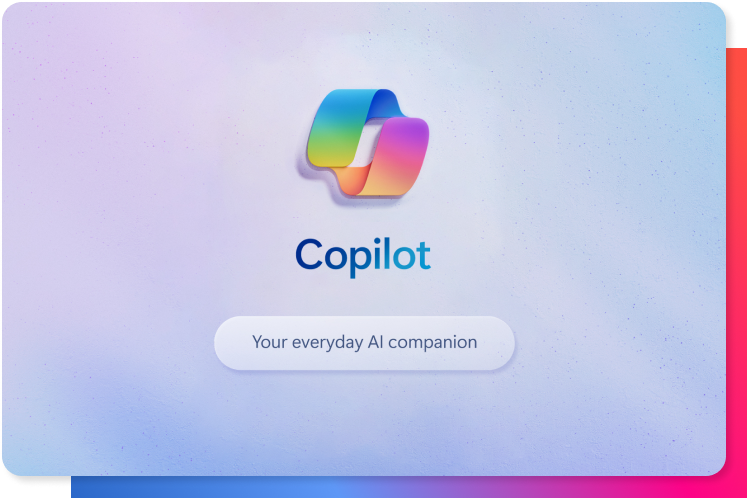Why is AI destined to become the core of every business strategy?
Over the next decade, the gap between competing and leading will no longer be defined by operational efficiency or basic digitalization. The real differentiator will be the ability to embed artificial intelligence into the very core of business strategy. AI has moved beyond being a technological add-on—it is now the engine of competitive advantage.
More than 90% of senior executives plan to digitize workflows and adopt AI-powered automation in the next two years. Leading companies are already paving the way: Netflix and Spotify personalize user experiences in real time; Amazon redefines global logistics through predictive intelligence; Tesla reshapes mobility with autonomous driving. In every case, the common denominator is not just technology, but how leadership and culture have transformed AI into strategy.
Beyond adoption: embedding AI into the business
The critical question is no longer whether to use AI, but how to integrate it to generate measurable impact. Companies that treat AI as a peripheral resource achieve only incremental improvements. Those that make it a cross-functional pillar transform costs into investments, innovation into daily practice, and isolated decisions into scalable processes.
According to the Signal AI Report, 91.6% of business leaders believe AI should strengthen decision-making, and 79.3% already use it for that purpose. The true differentiator lies not in “using AI,” but in redesigning processes so that AI acts as a structural enabler: optimizing efficiency, eliminating redundancies, and freeing human talent to focus on high-value strategic work.
Exponential growth emerges not from isolated algorithms but from the fusion of accurate data, automated operations, and human contextual intelligence.
Culture: The fertile ground for AI strategy
AI doesn’t thrive everywhere. It requires a culture that views it as an ally rather than a threat.
Greg Pilano, Director of Talent Technology and Engineering at Netflix, put it succinctly: “For us, AI is not just a technological tool. It is a central component of our organizational culture.” This perspective highlights the difference between treating AI as an accessory and embedding it into the cultural DNA.
Yet most organizations face a cultural gap. Brain It News reports that while 85% of executives believe data literacy will be as essential as computer literacy, only 17% of employees see technology adoption as urgent. This gap explains why so many AI projects stall before reaching maturity.
Closing it requires three strategic moves:
- Educating at all levels, with role-specific programs that build both skills and confidence in AI.
- Aligning objectives, ensuring innovation is not confined to a single department but flows across the entire organization.
- Building support structures, such as centers of excellence and collaboration networks that consolidate a culture of data and innovation.
High-performing organizations understand the 10-20-70 principle: only 10% of transformation depends on algorithms, 20% on technology and data, and 70% on people, processes, and culture. In short: the true engine of transformation is not the machine, but the human talent that integrates it into everyday work.
Leadership as the driver of AI maturity
AI maturity is not defined by the number of tools deployed, but by the quality of leadership guiding their adoption.
The study AI Maturity Emerges as Key Driver of ROI (2023) confirms this: as organizations advance in AI adoption, the need intensifies for leaders who can strategically integrate it into business processes. Nearly half (46%) of executives surveyed expect emerging technologies to increase demand for leaders with technological vision and the ability to generate tangible value.
The Harvard Business Review framework on AI maturity identifies four critical components:
- Knowledge: understanding AI, its applications, and its ethical implications.
- Mindset: fostering curiosity and openness to experiment with new models of work.
- Skill: building capabilities to apply AI with measurable impact.
- Leadership: anticipating change, aligning teams, and ensuring responsible use of technology.
AI amplifies efficiency, but it does not replace creativity or contextual judgment. Leaders remain central: they turn vision into action and ensure that AI empowers people rather than replaces them.
Strategic use cases
Starbucks provides a compelling example of how an AI business strategy emerges at the intersection of technology, culture, and leadership.
Through its Green Dot Assist initiative, Starbucks introduced a generative AI assistant that helps baristas manage complex orders, reduce wait times, and personalize customer experiences. The real differentiator, however, was not the tool itself but the structure designed around it: Starbucks created the role of Assistant Store Manager to guide the transition, train teams, and ensure innovation translated into measurable improvements in operations.
The result was not a one-off project but a sustained cultural shift. Starbucks shows that competitive advantage lies not in what AI does on its own, but in how leadership embeds its capabilities into the organization’s fabric.
Conclusion
A business strategy becomes an AI business strategy when artificial intelligence moves beyond experimentation to become part of the organization’s core. The challenge is not about algorithms—it is about redesigning processes, decision-making models, and ways of working.
The equation is clear: technology enables, culture sustains, and leadership converts vision into impact. Companies that align these three forces will not only accelerate ROI, but also secure their place in a market where AI is no longer optional—it is the baseline for staying relevant.







 Español
Español